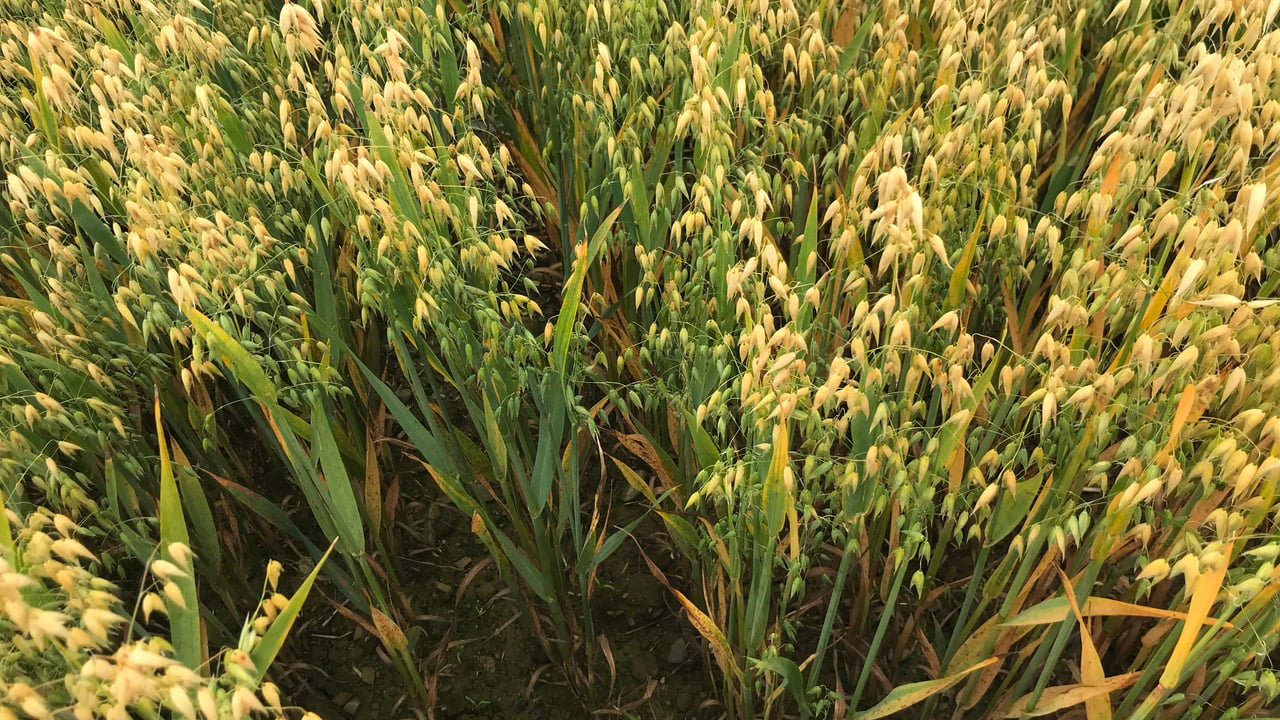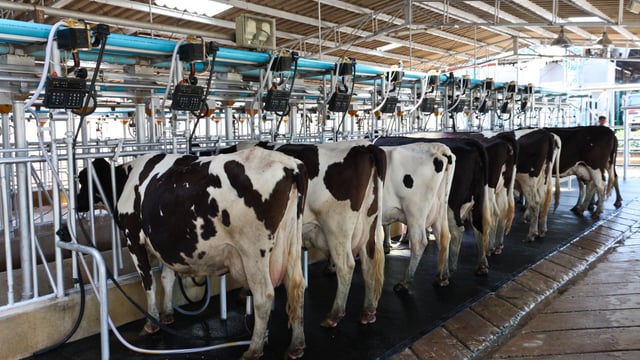Strong future for oats within Irish tillage sector - scientist
According to the man heading up specific Teagasc research and development programmes, the future for oats in Ireland is extremely bright.
“Despite the fact that oats have been grown in this country for over 1,000 years, we know very little about the cereal at a fundamental research level,” stressed Oak Park-based Dr. Atikur Rahman.
He added: “Teagasc is currently addressing this knowledge shortfall. A key project now underway is the development of an Oat Growers’ Guide, similar to the publication that was produced for winter wheat a number of years ago.
The information to be included in the new guide will be gathered from ‘reference’ oat crops that will be grown at a number of sites.
“This is very detailed work, with data being secured on an almost weekly basis,” Rahman commented.
“The completed guide will be an extremely useful management tool for Irish oat growers. However, this will be far from the completed picture as our ongoing work will, almost inevitably, throw up issues that will require further research well into the future.”
Future for oats
The Teagasc research scientist believes that oats have a tremendous future within the Irish tillage sector.
“They form the perfect break crop within a cereal rotation. Oats grow well in temperate climates and are inherently resistant to many of the diseases that impact on other cereal options," Dr. Rahman continued.
Rahman takes it for granted that the demand for oats as a human food source will contine to strengthen. However, he also foresees a growing demand for the cereal within the animal feed sector.
“The implications of these findings for the Irish livestock sectors are obvious.”
Another oat-related initiative ongoing within Teagasc is the genotyping of heritage varieties that were grown heritage on Irish farms over may years.
Dr. Rahman continued:
“Our aim is to precisely genotype all the varieties that have been submitted, generate pure breeding samples of each, and maintain a replicate collection of these within Teagasc.
“The scope to use these heritage oat varieties within future research projects is immense.”





